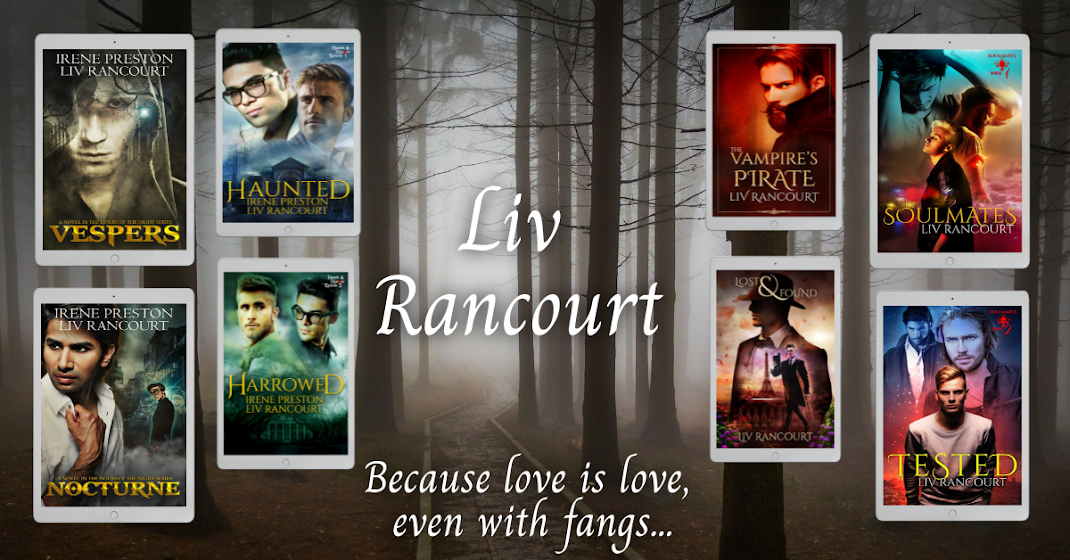Did you see Noni gave my blog readers that name in yesterday's post? How cool is that?!
She also promised we'd come up with something funny for today's post.
Well, we didn't.
Oops.
 Now, I'm not one of those people who dress up like pseudo-Victorian fantasies. I have no problem with it, if that's what you're into. I'm just not sure I could manage the long skirts. And the corsets. All the women seem to wear corsets.
Now, I'm not one of those people who dress up like pseudo-Victorian fantasies. I have no problem with it, if that's what you're into. I'm just not sure I could manage the long skirts. And the corsets. All the women seem to wear corsets.I do love books that have a Steampunk vibe, though. The genre can cover a lot of ground, from books that rework English history, like the Parasol Protectorate series by Gail Carriger, to those that rethink the American West, like Dead Iron by Devon Monk. Check them out if you haven't already.
Steampunk can travel in a post-apocalyptic direction, like The Iron Seas books by Meljean Brooks. Her book The Iron Duke might be one of my all-time favorite books ever. EVER. And then we can't leave out vampires entirely. Steampunk can definitely go paranormal, like the book I'm reading now, Wicked As They Come by Delilah S. Dawson (which is a rockin' good read so far).
 The key to making something Steampunk is to include modern-ish technology and give it a Victorian spin, like fancy airships that run on steam, or little clockwork gizmos like the bird in the picture to the right. A lot of the mechanical stuff is inspired by the stories of HG Wells and Jules Verne, and you can find Steampunk in movies and music, too, as well as the art that's featured in the video above.
The key to making something Steampunk is to include modern-ish technology and give it a Victorian spin, like fancy airships that run on steam, or little clockwork gizmos like the bird in the picture to the right. A lot of the mechanical stuff is inspired by the stories of HG Wells and Jules Verne, and you can find Steampunk in movies and music, too, as well as the art that's featured in the video above.So if vampires let us play with ideas about life, death and aging and werewolves help us work through man vs animal dilemmas, what does Steampunk do? Give us the chance to work out the implications of the Industrial Revolution? Remember fondly when the British Empire was all that? Or, just put girls in corsets?
Give it some thought, and let me know what you come up with.
Peace,
Liv
Wikipedia: Steampunk is a genre which originated during the 1980s and early 1990s and incorporates elements of science fiction, fantasy, alternate history,horror, and speculative fiction. It involves a setting where steam power is widely used—whether in an alternate history such as Victorian era Britain or "Wild West"-era United States, or in a post-apocalyptic time —that incorporates elements of either science fiction or fantasy. Works of steampunk often feature anachronistic technology, or futuristic innovations as Victorians might have envisioned them, based on a Victorian perspective on fashion,culture, architectural style, and art. This technology includes such fictional machines as those found in the works of H. G. Wells and Jules Verne, or the contemporary authors Philip Pullman, Scott Westerfeld and China Mieville.
Photo credits
Steampunk models: http://www.modelmayhem.com/portfolio/pic/13987565
Steampunk bird: http://mullaniumbyjimandtori.com/catalog/songbirds

I think steampunk brings out the inner MacGuyver/scientist in us creative types - to imagine or make something that's more than the sum of its parts, something that is both functional and fascinating. Or at least read about stuff like that. :)
ReplyDeleteGood point, Tami. I think that's why I'm afraid to try to write Steampunk - not sure I'm clever enough.
ReplyDelete;)
I love this post. I've been toying with an idea but I wouldn't know where to begin :)
ReplyDeleteI don't know, Ren, I've seen your blog. I bet you could figure something out.
ReplyDelete;)
Thanks for checking out my post.